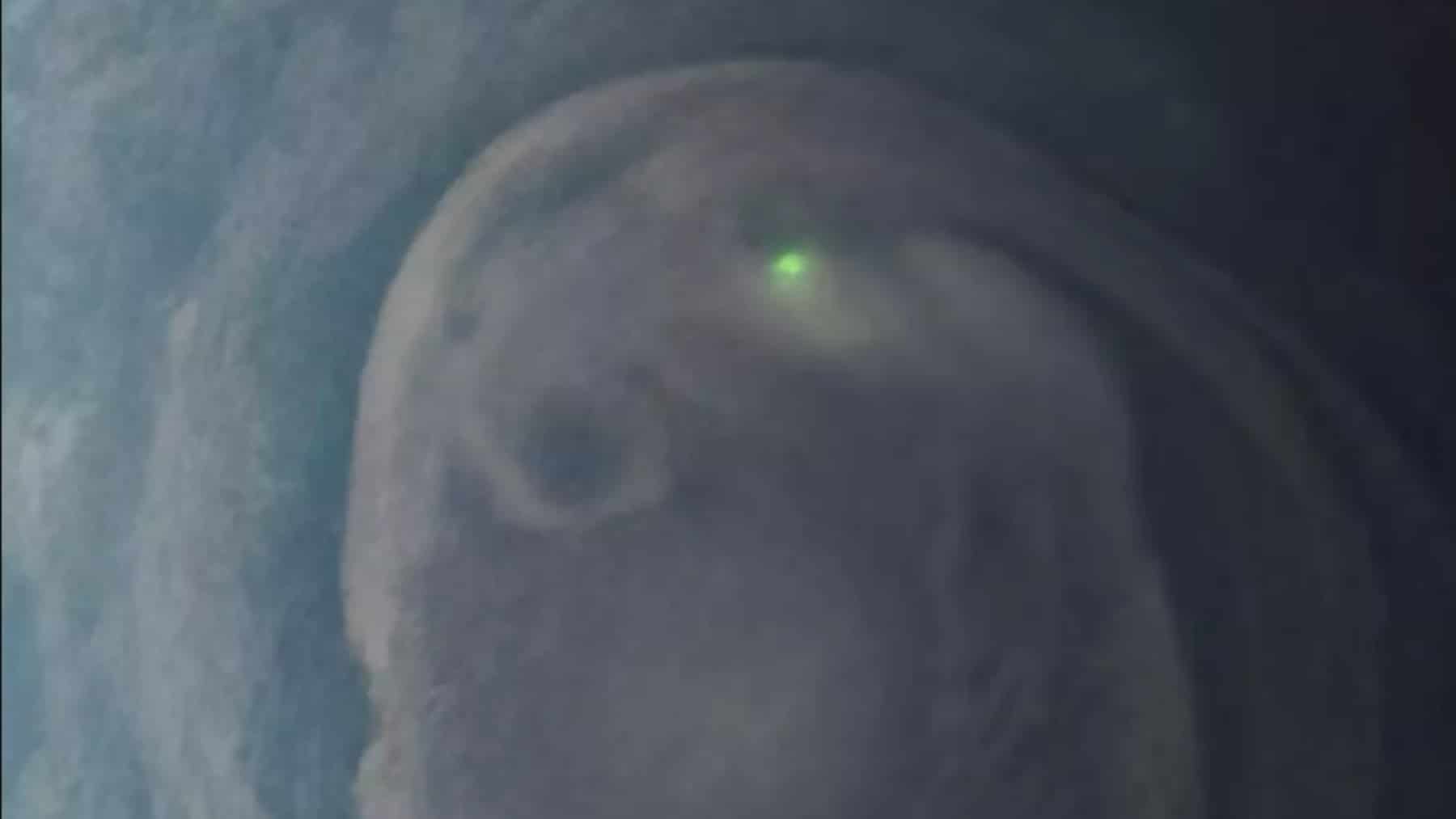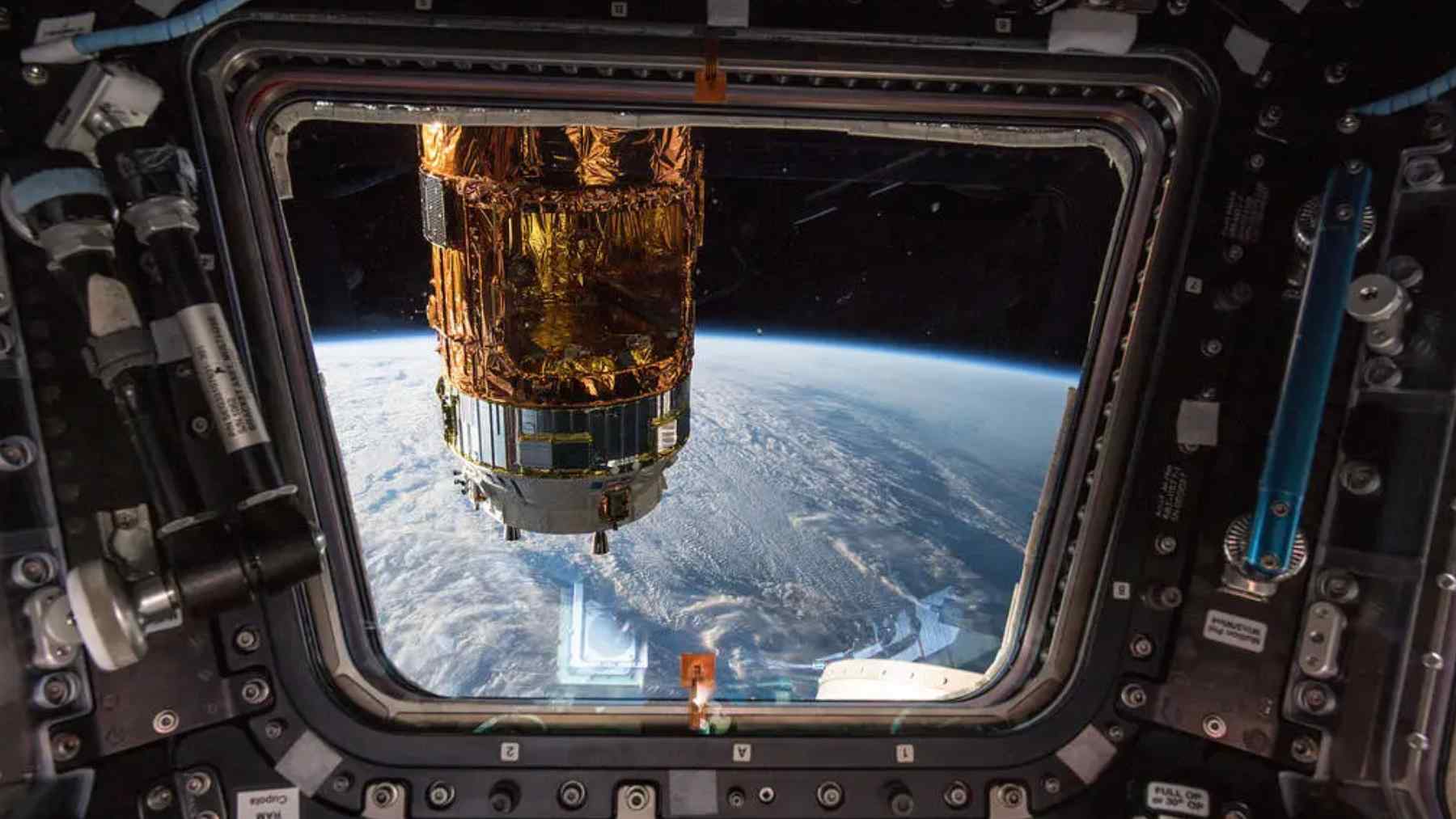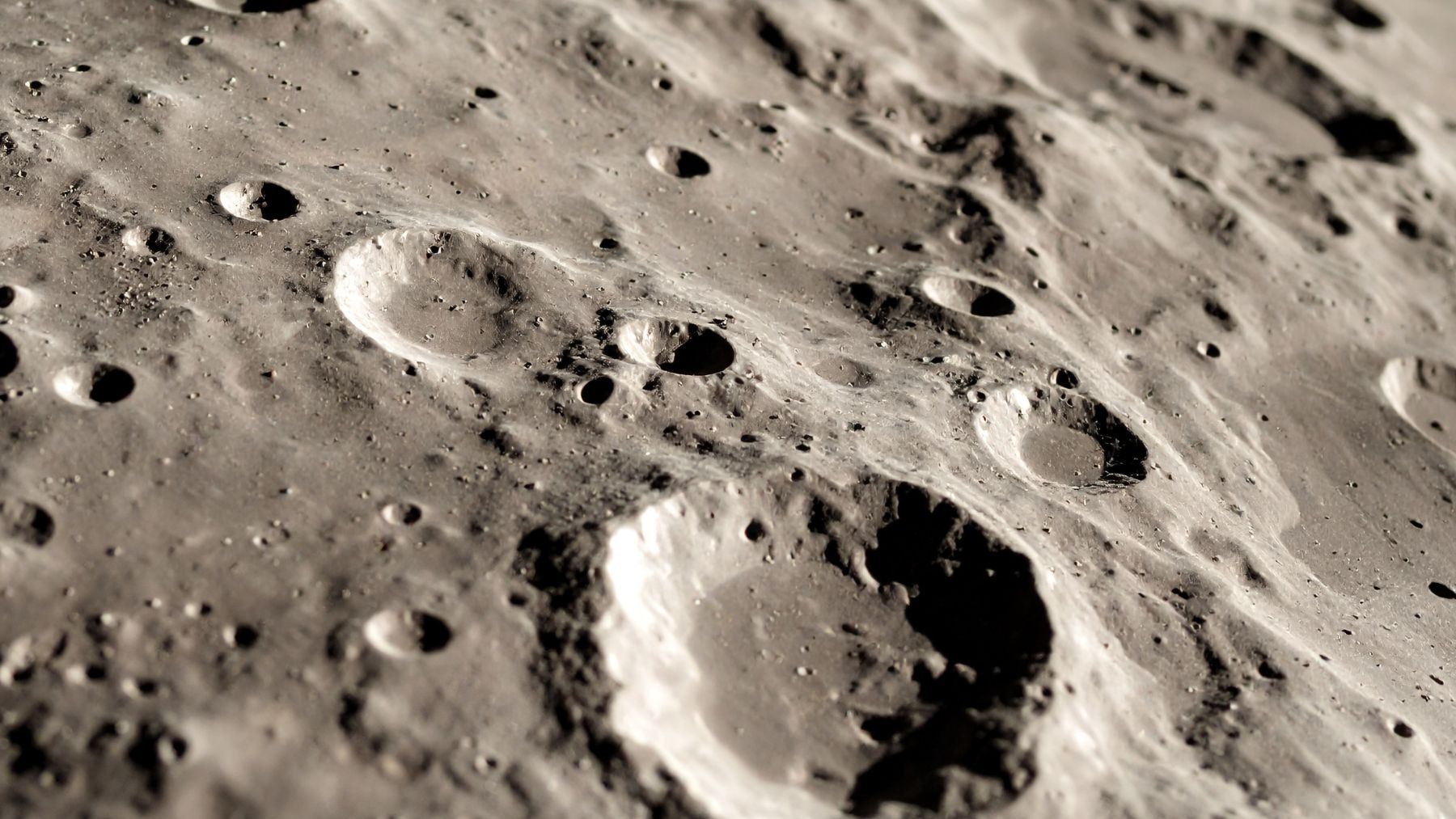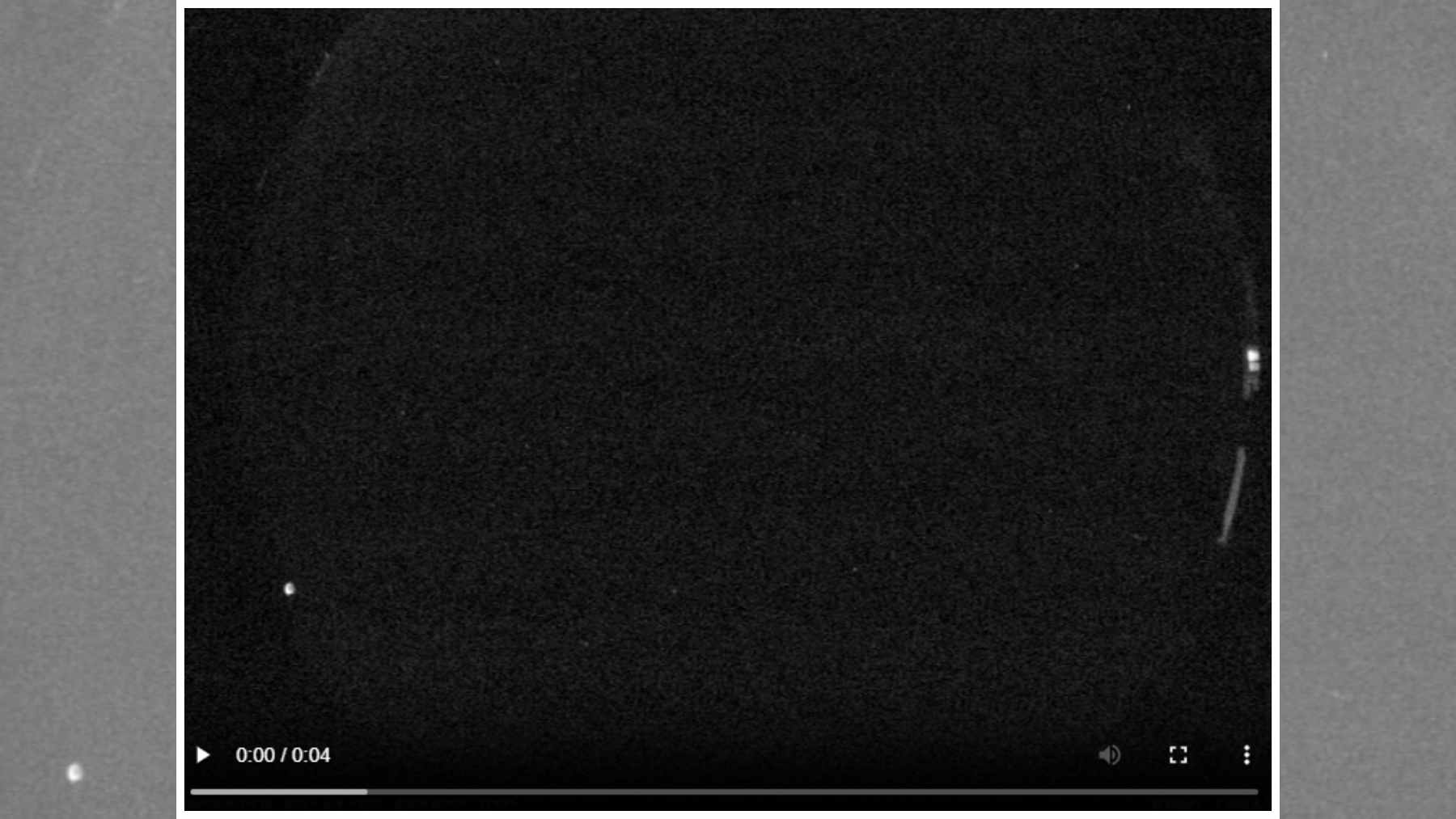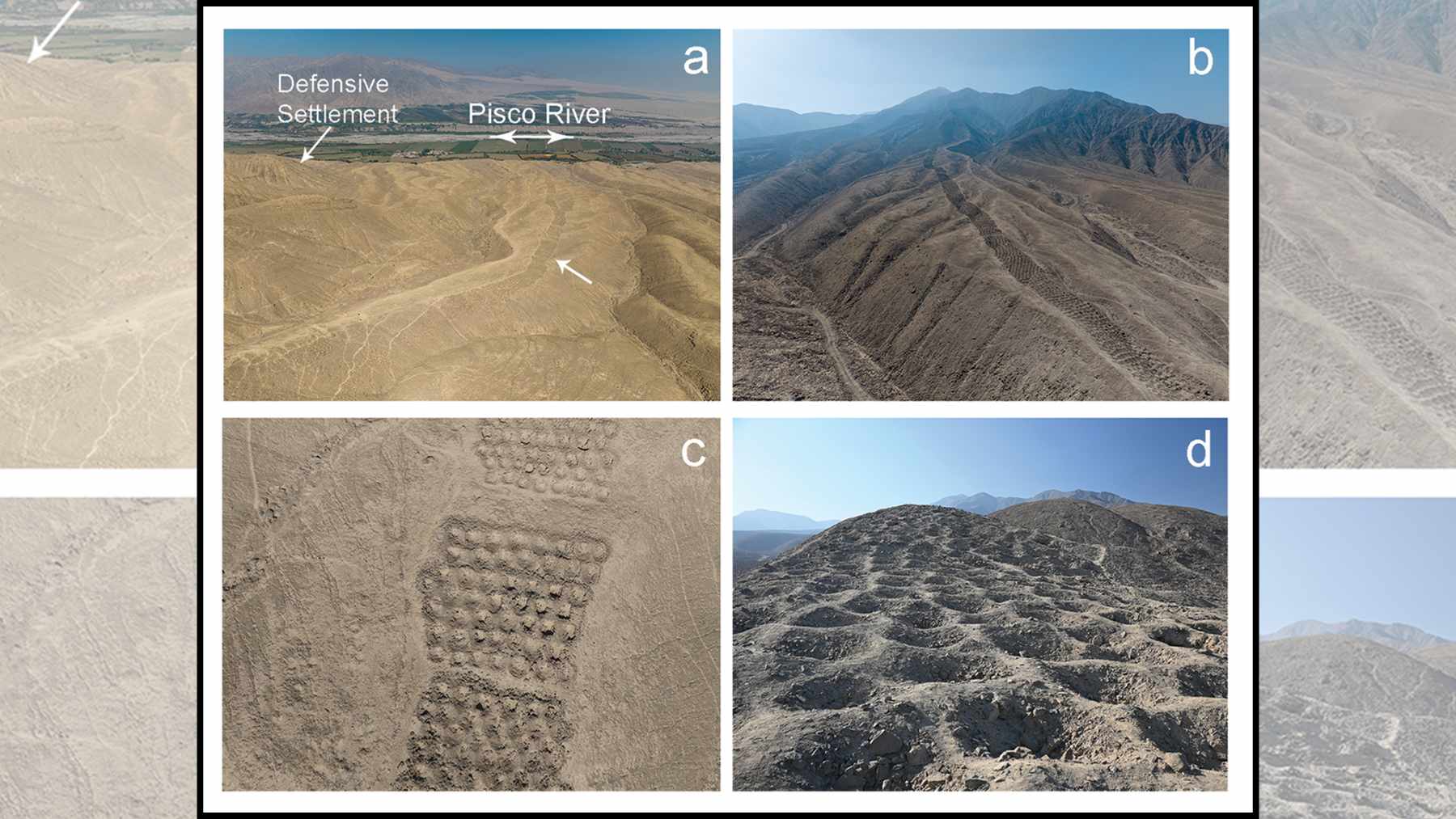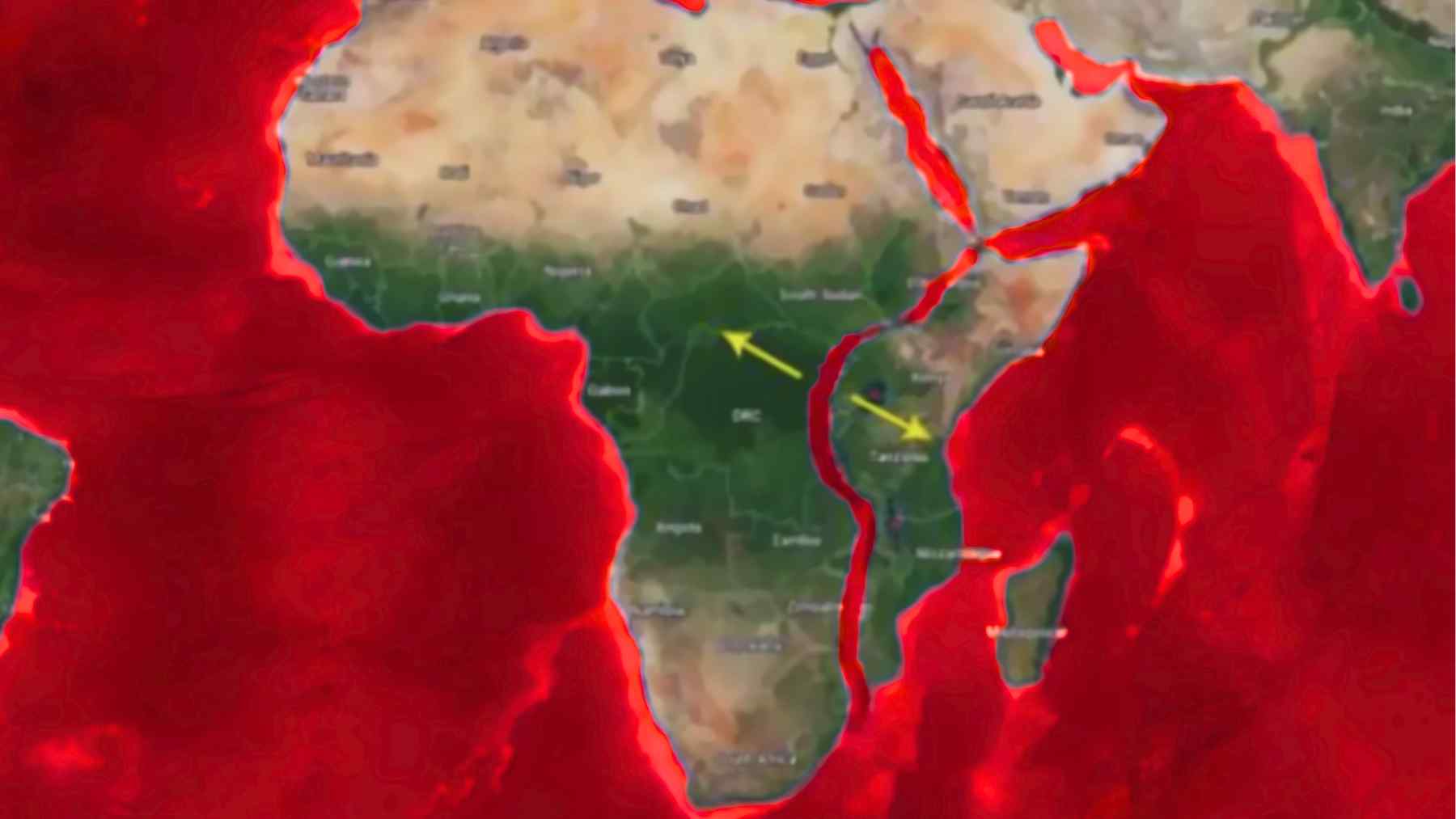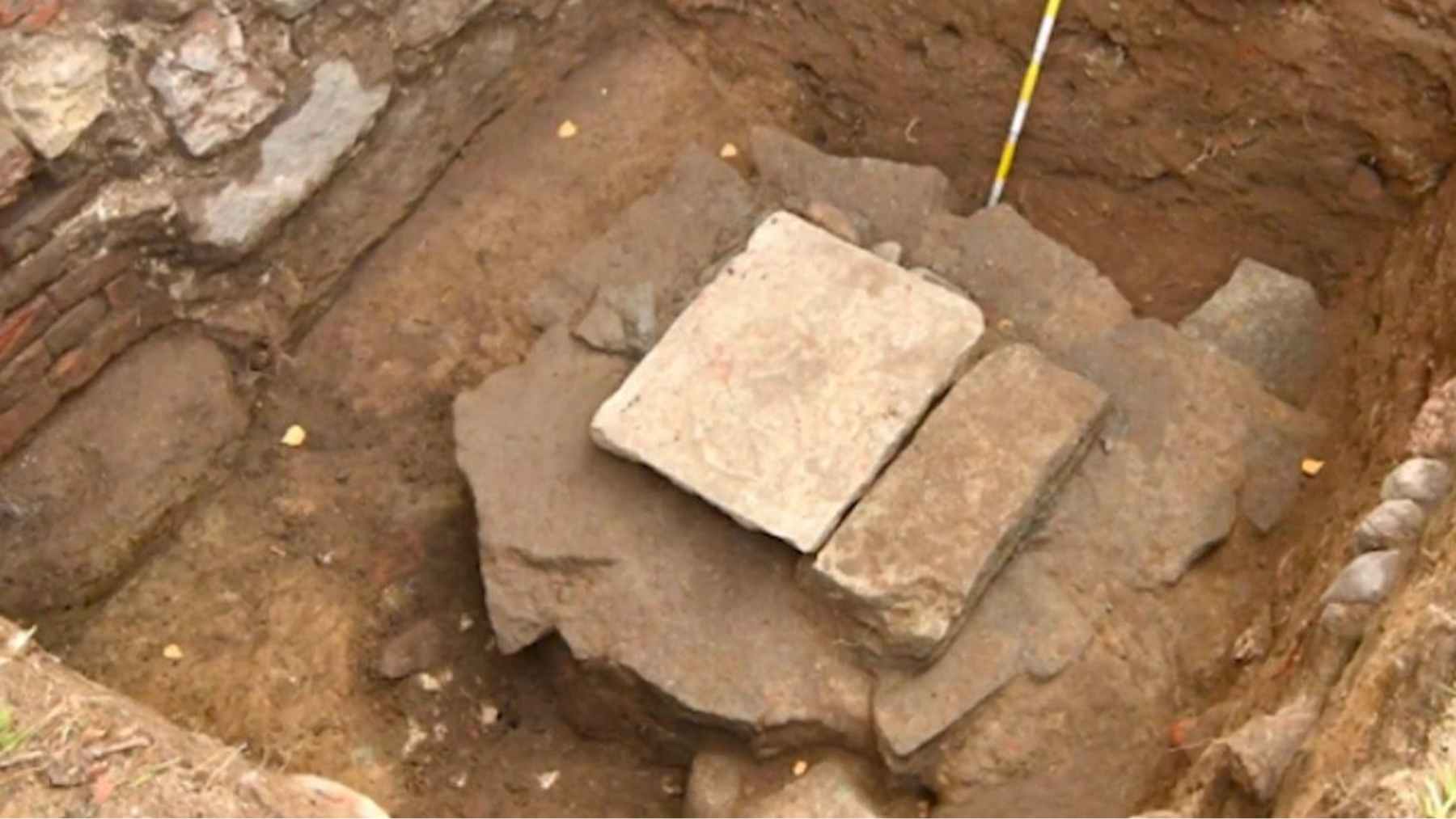Black holes have fascinated scientists for a long time. Now, new data from NASA’s Chandra X-ray Observatory provides insight into one of the more fascinating aspects of these celestial objects: their self-sustaining through “preparing” their own cosmological meals. Chandra’s finding sheds light on why black holes appear to always have enough fuel.
Chandra’s discovery: How black holes sustain themselves
Black holes have long been thought to be insatiable objects that devour anything that comes too close. But Chandra’s observations have suggested that black holes may be more self-sustaining than previously thought. Black holes can prepare their own food through processes that recycle and redistribute energy within their vicinity. This self-sustaining process makes sure that a constant supply of matter is available for black holes to feast on and prevents them from starving.
A surprising finding is how black holes can influence their environment to gather more matter for future meals. The NASA study shows that black holes can release energy into their surroundings, which results in conditions that increase the inflow of gas as well as dust back to the event horizon. The process of consumption and replenishment ensures that black holes never will run out of matter.
Black hole jets: Cosmic engines that fuel galactic evolution
An important part of this self-sustaining process is the emission of high-energy jets. As matter goes into a black hole, it heats up, releasing X-rays. However, some of this falling material is redirected and ejected as jets of matter that travel at near-light speeds.
These jets slam into the gas around them and create cavities as well as shock waves that compress gas close to the black hole. This cools the gas and causes it to condense before falling back toward the black hole. Essentially, the black hole actively manages a cosmic feedback loop, providing itself with a steady supply of food.
NASA’s results suggest that these highly energetic jets are a critical factor in controlling the black hole’s close surroundings. Jets, which can extend thousands of light-years, both redistribute energy and stir up the intergalactic medium.
This prevents the surrounding gas from dispersing too much, allowing it to accumulate and remain well within the range of the black hole (just like these black holes in the solar system, which worries scientists). Hence, black holes essentially enter a loop that keeps a supply of energy going to them on cosmological timescales.
Jets launched from these systems also release both energy and material, little bits of which can heat the gas in the galaxies around them, leading to new star formation and even changing the structure of those galaxies. This phenomenon is believed to help explain why some black holes stay active for billions of years while others disappear. They can maintain and influence their surroundings, which flow with recycled material, evidence that black holes are not simply destroying forces but rather catalysts in cosmic evolution.
Black holes shape star formation and evolution
This self-sustaining mechanism in black holes is seen very commonly and has a greater significance in our understanding of the evolution of galaxies. By suppressing the flow of energy as well as matter, black holes influence the star formation rate in their host galaxies.
The energy ejected into the environment by the black holes jets can prevent gas from cooling too much and essentially regulates the formation of new stars. This allows galaxies to evolve in a controlled manner, demonstrating the importance of black holes in cosmos evolution.
This process can also demonstrate how supermassive black holes form at the center of galaxies. These space giants, with masses millions or billions of times greater than those of our Sun, seem to have been actively feeding for far longer than previously believed.
According to the Chandra study, instead of eating up everything in their vicinity and going dormant, these black holes can find a steady diet by shaping their environment. This means that black holes might be much more flexible than scientists had thought and add a new layer to the understanding of how these objects grow and persist.
The discovery that black holes can prepare their meals for self-sustaining processes provides scientists with yet another perspective on their persistence. These findings not only highlight how black holes (like this disturbing discovery about black holes) are fed, but they also emphasize how essential they are to the shaping of the universe.






